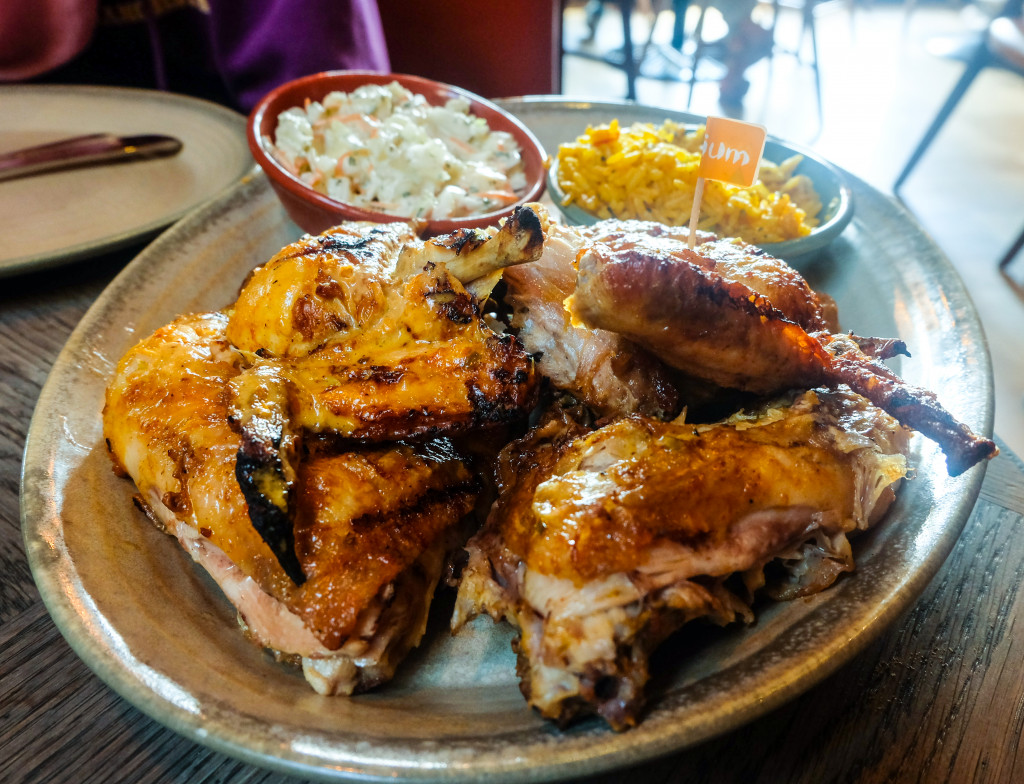Giving customers a good dining experience is essential for all kinds of restaurants. It is an integral part of any business in the foodservice industry to provide a smooth process of dining-related tasks to their customers. This will include the factors involved in ordering their meal, consuming it, and paying for it. The overall atmosphere of the dining place and the way it is organized also affect the customer’s experience.
With all the restrictions pushed on us by the pandemic, the foodservice industry had no other option but to make a way to cater to the new safety protocols. But they had to do it in an innovative way so that they wouldn’t sacrifice the quality of their customers’ dining experience. They are required to find new ways to adapt to the present and future changes in the industry. These are the most effective strategies used by foodservice businesses in adapting to the new normal.
Update Operating Procedures
The standard operating procedures of any restaurant should correctly be updated to provide a safe environment for both its employees and customers. Doing this will also reassure customers that their health will not be at risk since the restaurant has effective hygiene and safety protocols as necessary. When they see that these things are highly visible throughout the restaurant, they won’t be hesitant to dine in it.
Aligning labor efficiency to the changes in customer behavior can also be done by adjusting the restaurant’s operating processes. The staff’s skills should match the restaurant’s new needs to improve work efficiency, too. For this to be accomplished, there should be an optimization of new strategies depending on the shifts in customer behavior.
Match the Menu to the New Customer Preferences
All restaurants know that finding the balance between their signature dishes and their diner’s ever-changing preferences is vital for running a food service business. And with the pandemic affecting consumer behavior, it is also important to align their menu to the new priorities brought about by it.
While off-premise dining has become more popular to reduce the risk of people getting exposed to the virus, many consumers also want to retrieve a sense of normality when it comes to their dining experience. This calls for menu and pricing adjustments that foodservice businesses should make.
Emphasis on core items and comfort food can be made, especially by restaurants serving lunch and breakfast. They can offer customers various indulgences from the pre-crisis menu items that people usually enjoyed before any restrictions were made. It is also essential that the prices of the items offered are competitive in the existing market conditions.

Automated Restaurant Design
Layout changes are essential for restaurants to operate with on-premise dining. There should be social distancing in the dining room in terms of flow and concentration of seating. It is required to have a proper separation between tables and an organized way to maneuver around the restaurant. So there should also be reduced capacity to safely follow these protocols while efficiently serving customers.
Restaurants can also add efficient drive-thru and pickup lanes to compensate for the reduced capacity. This will allow them to cater to more customers and make another option available for those who prefer to dine in the comfort of their own homes. Besides that, drive-thru and pickup lanes have always served convenience for customers even before the pandemic.
Improve Delivery Services
Many customers prefer to have food delivered to their doorstep because it’s much safer than going outside and ordering food in person. The increasing demand for food convenience is pushing businesses in the foodservice industry to make additional delivery options to improve customer experience. This is also a good way for restaurants to maximize their revenue by making up for reduced foot traffic. That’s because it allows them to serve a broader range of customers outside the regulars and locals.
Having improved delivery services will consistently be beneficial to restaurants despite the continuous shifts happening in the industry. That’s because it offers the utmost convenience for the customers. It will be a good restaurant asset even in the future.
Sharp declines in revenue and tremendous labor losses are only some of the severe challenges faced by the foodservice industry amid the pandemic. These things significantly affect every single business in the industry and can force them to close permanently.
But by developing innovative strategies to counter these challenges, restaurants can still flourish and efficiently serve their customers. They can continue to face challenges, knowing they are prepared for whatever can occur.

